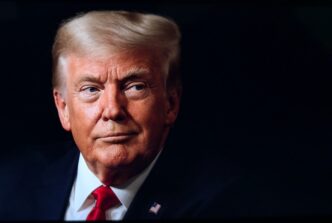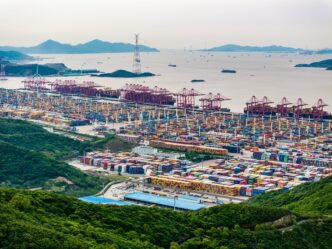Vietnam’s economic growth is facing significant challenges due to the ongoing trade war between the United States and China. Known for its robust manufacturing sector and strong export performance, Vietnam has historically been a major beneficiary of foreign direct investment and supply chain shifts, particularly as companies seek alternatives to China. However, the imposition of increased U.S. import tariffs poses a substantial threat to the country’s economic model, which heavily depends on trade relationships with both the U.S. and China.
The U.S. has imposed new tariffs targeting Vietnam, citing the nation’s significant trade surplus with the United States. These tariffs, initially set at an overwhelming 46%, are aimed at reducing the trade imbalance. Despite recent suspensions of these tariffs in late May, Vietnam faces pressure to increase its imports of U.S. products, including agricultural goods and liquefied natural gas, and to curb the transshipment of Chinese goods disguised as Vietnamese to bypass tariffs.
Manufacturing and export sectors, particularly steel and solar panels, are directly impacted by these tariffs, with prohibitive rates ranging from 120% to over 800% on solar components. This has pushed Vietnam to look for alternative markets to mitigate the impact. President Donald Trump’s administration remains vigilant about trade circumvention practices, maintaining a focus on Vietnam despite the ongoing security cooperation between the two nations.
Vietnam’s economic vulnerability is further compounded by the global economic slowdown and decreased foreign direct investment, especially from China. The International Monetary Fund has projected a decline in Vietnam’s GDP growth from 7.1% in 2024 to 5.2% in 2025, with further slowing expected in subsequent years. This forecast underscores the challenges Vietnam faces as it navigates between its top trading partners amidst geopolitical tensions.
In response, Vietnam is encouraged to diversify its trading partners and reduce its heavy reliance on both the U.S. and Chinese markets. This includes enhancing intraregional trade within Southeast Asia and pursuing new free trade agreements to strengthen economic resilience. As the country continues to refine its economic strategy, it aims to maintain a neutral stance between the U.S. and China, leveraging its strategic position to benefit from both sides. However, the path forward remains uncertain as Vietnam seeks to adapt to the evolving global trade landscape.








